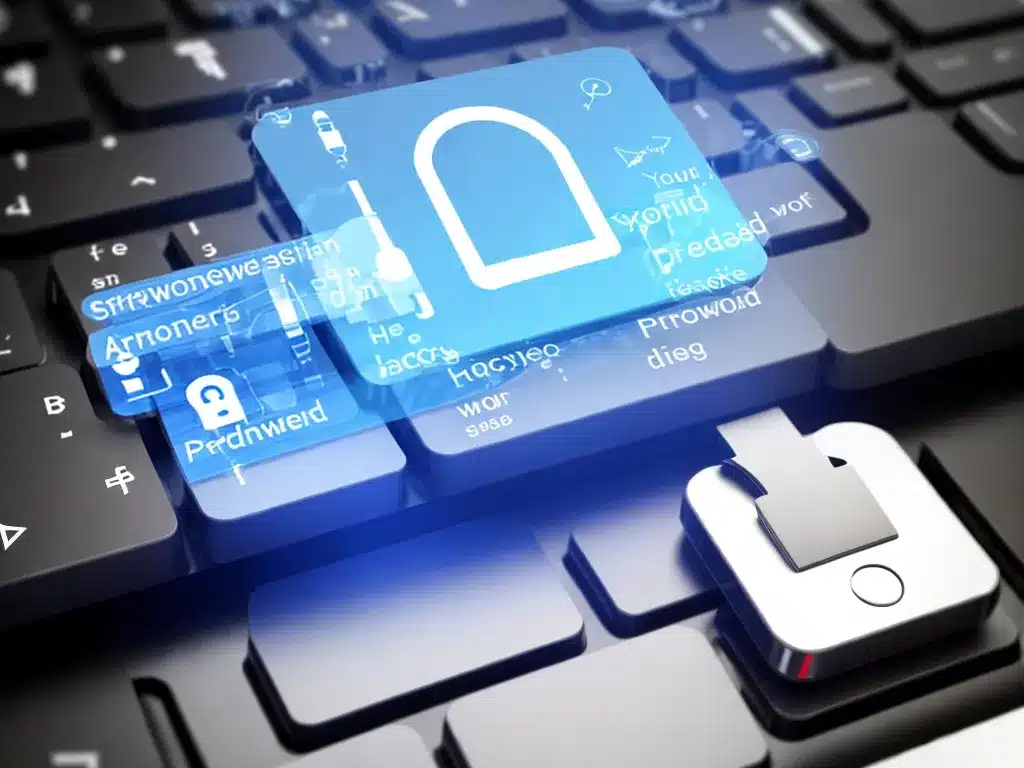
Introduction
Passwords are the first line of defense for protecting your online accounts and sensitive data. However, many people use weak passwords that are easy for cybercriminals to guess. I will discuss the importance of using strong passwords and enabling two-factor authentication for better security.
The Risks of Weak Passwords
Weak passwords like 123456, password, and qwerty are extremely common. However, these plain and predictable passwords are easy for hackers to crack. Cybercriminals use password cracking software that can make billions of guesses per second. A weak password could be cracked in just seconds or minutes.
Once a cybercriminal gains access to your password, they can steal your personal and financial information, lock you out of your accounts, or commit identity theft. It is absolutely critical to use a strong, unique password for every account.
Creating Strong Passwords
A strong password should:
- Be at least 12 characters long
- Contain a mix of uppercase and lowercase letters
- Include numbers and symbols
- Not contain dictionary words or personal info
The easiest way to generate secure passwords is to use a password manager like LastPass or 1Password. These tools create and store strong, random passwords for each of your accounts.
Some tips for creating strong passwords manually:
- Use passphrases – Combine random words together like
correcthorsebatterystaple - Substitute characters – Swap letters for numbers/symbols like
p@ssw0rd - Use the first letters of a sentence –
Ilovetoplaybasketball!
Avoid common password mistakes like:
- Repeating characters or numbers like
111111 - Keyboard patterns like
qwertyuiop - Personal information like birthdays or pet names
Never reuse the same password across multiple accounts. Doing so means one breach leaves all your other accounts vulnerable.
Enabling Two-Factor Authentication
Two-factor authentication (2FA) provides an additional layer of security beyond just a password. It requires you to verify your identity using two different methods before gaining account access.
The most common types of 2FA are:
- SMS codes – A code is texted to your phone number
- Authenticator apps – An app like Google Authenticator generates codes
- Security keys – Physical devices like YubiKey plug into your device
With 2FA enabled, even if a hacker guesses your password, they still cannot access your account unless they also have your phone or authentication device.
I highly recommend enabling 2FA on important accounts like:
- Banking and financial accounts
- Social media
- Cryptocurrency exchanges
- Cloud storage
It provides substantial protection against account takeovers and unauthorized access.
Conclusion
Strong, unique passwords and two-factor authentication are essential for protecting your sensitive personal and financial data. Take the time to generate secure passwords and enable extra authentication on your important accounts. Practicing good password hygiene greatly reduces your risk of becoming a victim of cybercrime.












